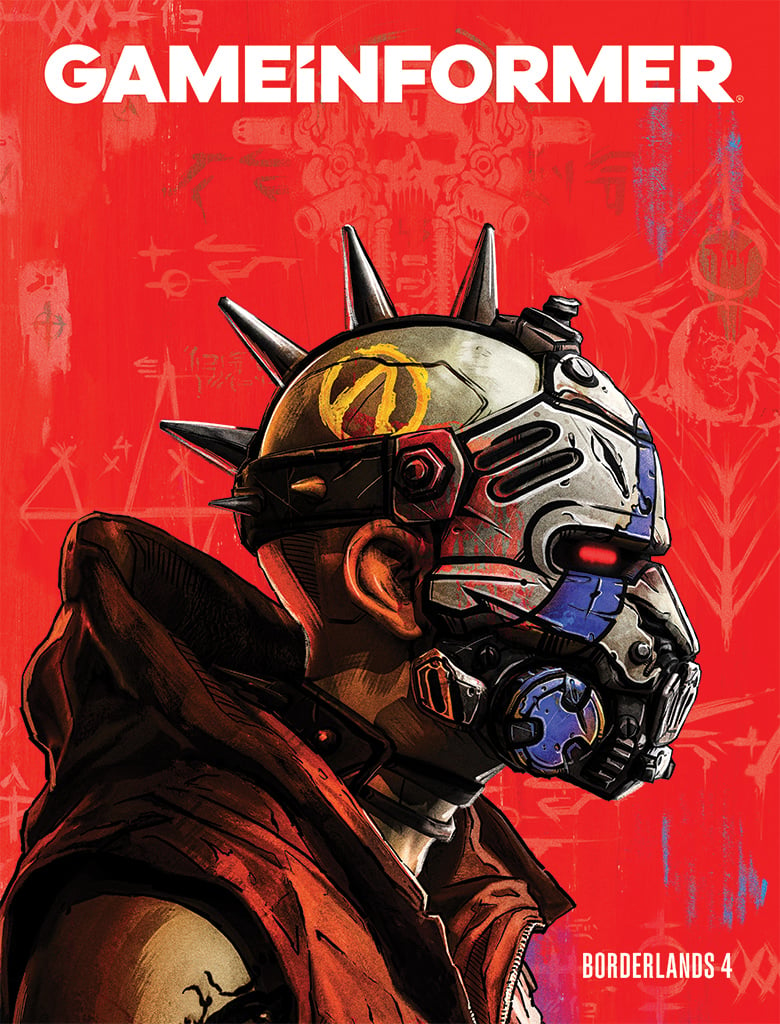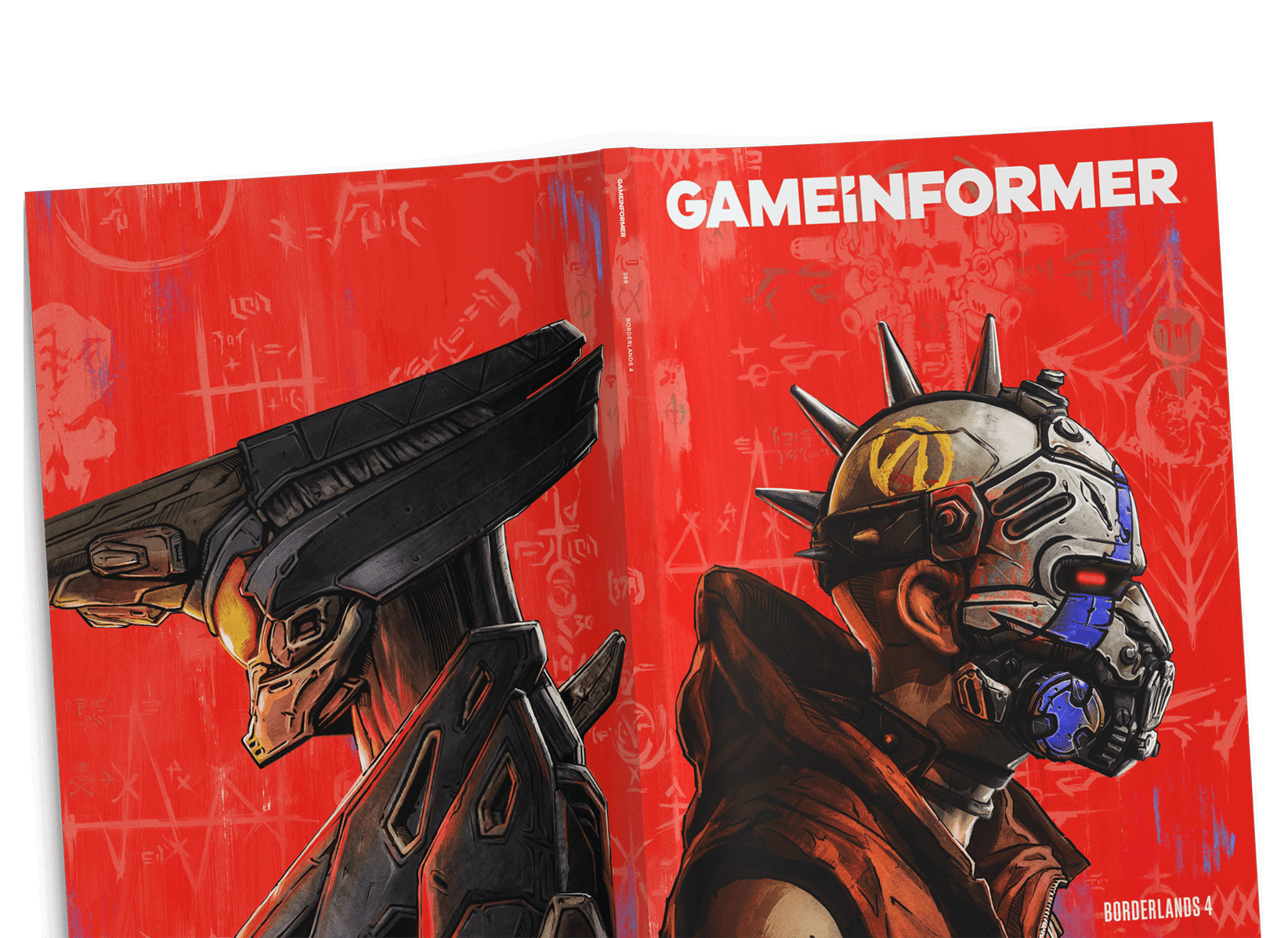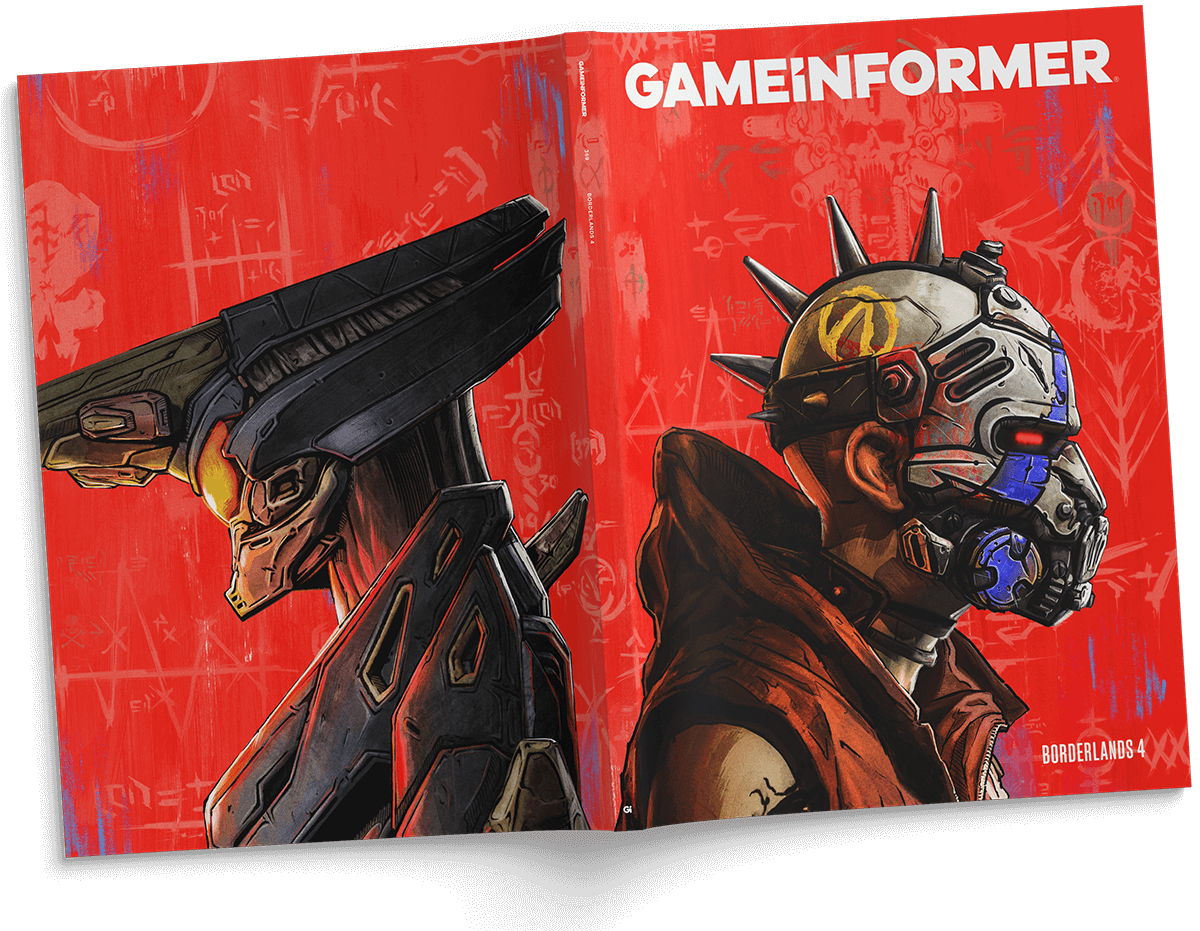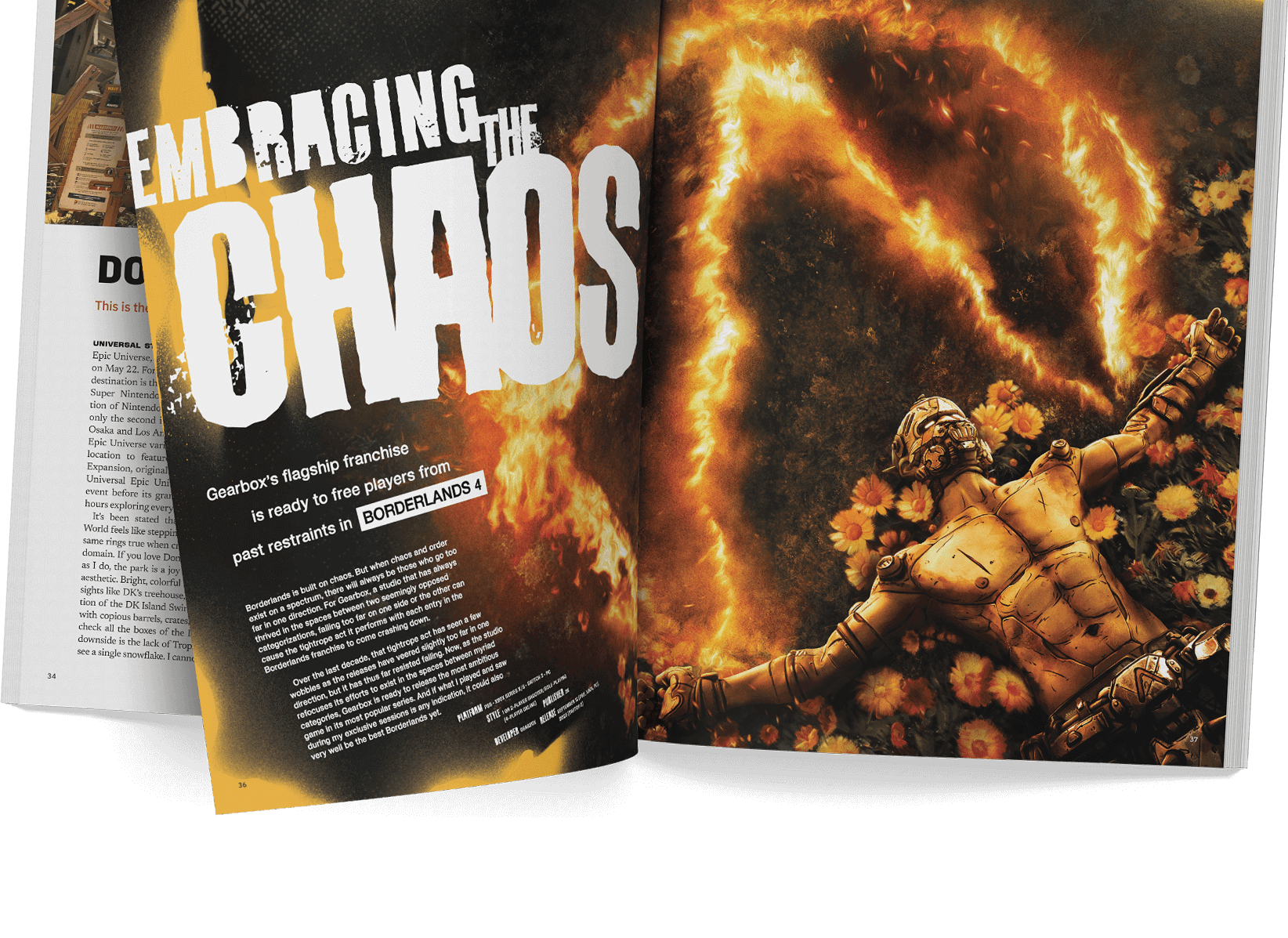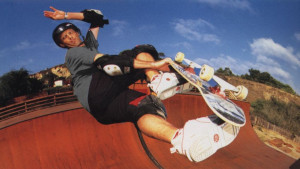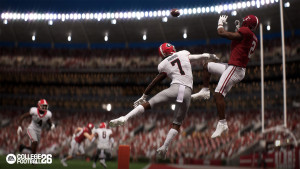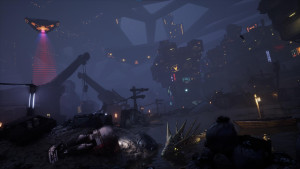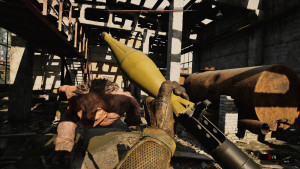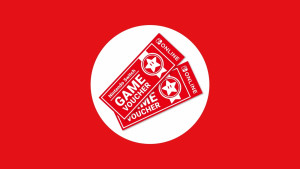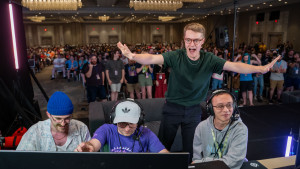Be the first to get Game Informer’s August Issue! Subscribe Now
Court Overturns Ruling In Madden Creator’s Case Against EA

Electronic Arts has scored a legal victory in its defense against John Madden Football creator Robin Antonick. Last July, Antonick was awarded more than $11 million in damages on his claim that EA had used his intellectual property without permission. Yesterday, U.S. district judge Charles Breyer overturned that ruling.
Breyer cites the manner in which the jury reached its decision in the lower court as the basis for his ruling. The jury heard from an expert witness, but was not shown the original game alongside games through 1996 (covered by the previous ruling). “Without the opportunity to view each of the versions, the jury had no basis for evaluating whether the changes addressed altered each subsequent game," Breyer said.
Breyer also states that the law requires a side-by-side comparison before jurors can make an evaluation of copyright infringement. Antonick’s attorneys indicate an appeal is likely.
The first ruling, which awarded Antonick damages and interest for EA NFL titles through 1996 would have been the basis for further action on more contemporary entries. We’ve reached out to EA for comment on the matter.
Update: EA has responded to our request for comment with a prepared statement. "We are thrilled to see the claims resolved in favor of EA," a representative told us via email. "It was the right result. As Judge Breyer held, there is no evidence that any of the Sega Madden games are virtually identical to the Apple II game that Robin Antonick programmed. The evidence also proved that EA’s source code was not substantially similar to Antonick’s source code. As EA has maintained from day one, Antonick was fully compensated for his work on the Apple II game. Because Antonick had no involvement in the Sega Madden games, he had no entitlement to further royalties.
[Source: San Francisco Chronicle]
Our Take
The original case was based on similarities in the source code, which is how Antonick’s attorneys approached the case. The suit was based on underlying systems programmed by Antonick for the first title. Showing the games side by side might not be the best evaluative measure, as the programming of background processes (like the system used for rating players) isn’t exposed through casual observation.
